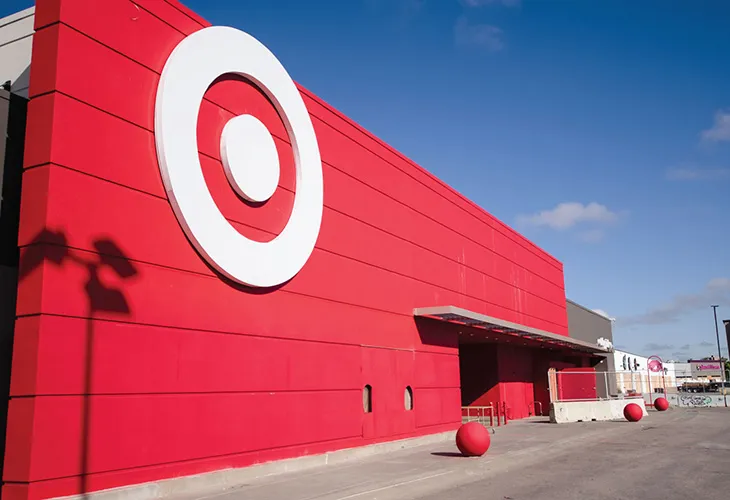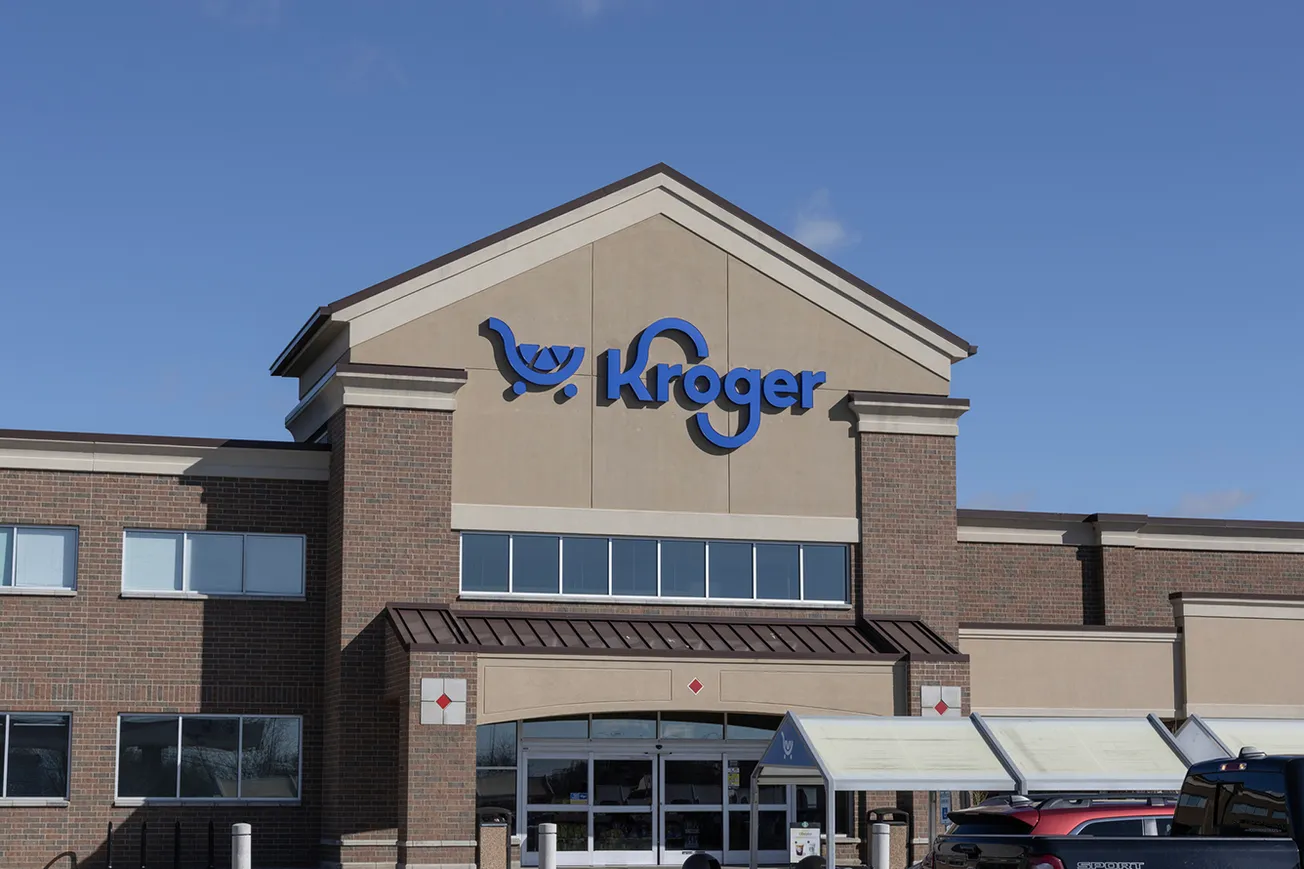MINNEAPOLIS – Target Corp. posted its first decline in comparable-store sales in more than six years, but higher margins helped boost profits in its fiscal second quarter.
Comparable sales dipped 5.4% in the quarter, while traffic in stores and online declined 4.8%. Store sales were down 4.3% and online sales slid 10.5%.
Target generated revenue of $24.8 billion in the quarter and earned $1.80 per diluted share, topping analysts’ profit estimates for the company.
Brian Cornell, Target’s chairman and chief executive officer, said the company’s ability to post better-than-expected profits on softer-than-expected sales is a testament to “the agility of our team and the resilience of our business model.”
Added Cornell, “With the benefit of a much-leaner inventory position than a year ago, the team was able to quickly respond to rapidly changing topline trends throughout the second quarter, while continuing to focus on the guest experience.”
Target’s operating income margin rate was 4.8%, compared to 1.2% a year earlier. Second-quarter gross margin rate was 27%, up from 21.5 % in 2022, a trend the company attributed to retail prices increases, fewer markdowns, and lower supply-chain and digital fulfillment costs.
These benefits were partially offset by higher inventory shrink, Target said.
Inventory declined 17% from a year ago, Target said, as the company has recalibrated its product mix in favor of high-frequency categories including groceries and household essentials to help offset declines in discretionary categories.
Second quarter SG&A expense rate was 20.9%, compared to 19.2% a year ago, reflecting the de-leveraging impact of lower sales combined with higher costs, including inflationary pressures and investments in pay and benefits.
For the trailing twelve months through second quarter 2023, after-tax return on invested capital (ROIC) was 13.7%, compared with 18.4% for the trailing twelve months through second quarter 2022. The decrease was driven primarily by lower profitability coupled with an increase in invested capital, the company said.
Target did not repurchase any stock in the second quarter. The company paid dividends of $499 million in the second quarter, up from $417 million a year ago.
Target lowered its full year sales and profit expectations. The company now expects comparable sales in a wide range around a mid-single digit decline for the remainder of the year, and now expects full-year GAAP and adjusted EPS of between $7 and $8. Recent initiatives like its curbside pickup partnership with Starbucks as well as continued expansion of its next-day delivery capabilities are expected to help lift traffic and sales.










